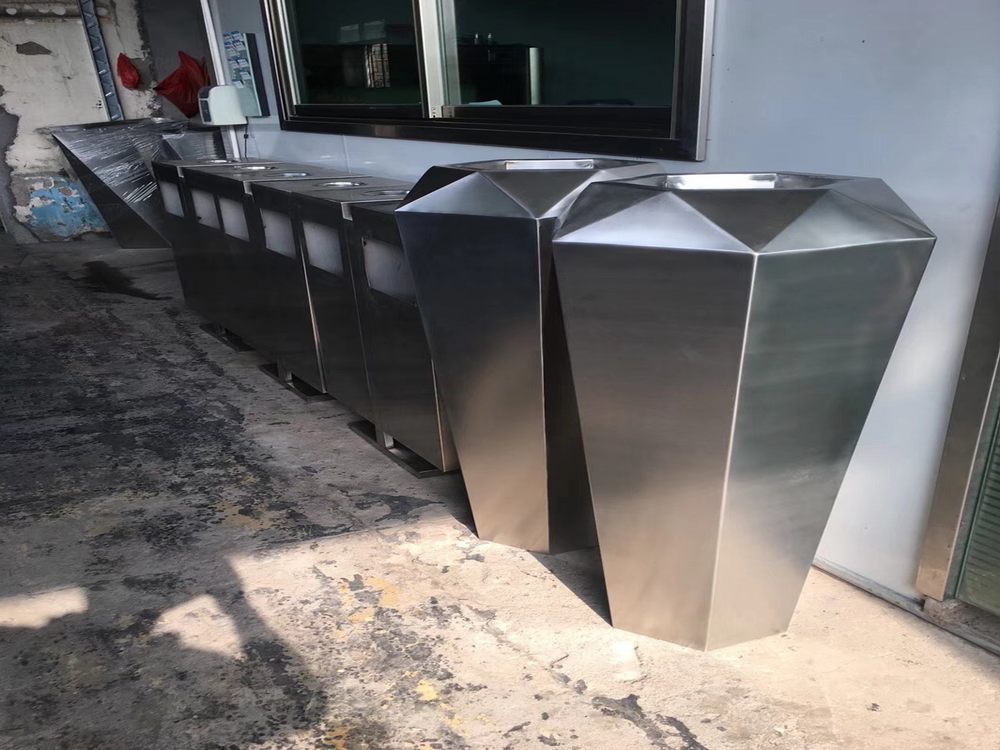
Sculptors have long explored the interplay between stone and light, transforming rigid materials into luminous masterpieces. By carefully selecting stones like alabaster, onyx, or certain marbles with natural translucency, artists create works that seem to glow from within. The process begins with meticulous material inspection - holding slabs up to light sources to identify optimal areas for thin carving where light can penetrate.
Advanced techniques include precision grinding to achieve paper-thin sections in strategic locations, often using diamond-tipped tools for delicate work. Some sculptors employ backlighting systems, carving recesses to house LED arrays that illuminate the stone internally. For reflective surfaces, artists polish specific areas to mirror-like finishes, creating dynamic light interactions that change with viewer perspective.
Contemporary practitioners often combine traditional carving methods with modern technology, using 3D scanning to map light transmission paths before carving begins. The most successful works balance structural integrity with optical effects, requiring deep understanding of both stone properties and light behavior. These techniques elevate stone beyond its static nature, giving sculptures an ethereal, almost living quality as they interact with their environment.

